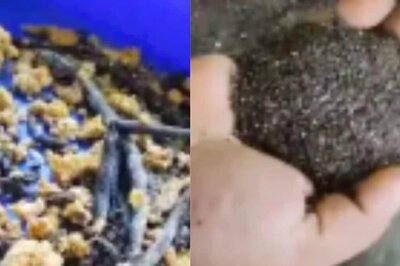
views
One of the most prevalent mosquito-borne disease along with malaria and dengue, chikungunya is a viral disease which is transmitted to humans by infected mosquitoes – including the Aedes aegypti and Aedes albopictus. The infection, which is characterised by fever and joint pain, may lead to considerable discomfort in the affected population due to its symptoms. Symptoms may also be headache, muscle pain, joint swelling, or rash.
Now, according to a story published in journal PLOS Pathogens, researchers Deborah Lenschow of Washington University School of Medicine in St. Louis, and colleagues have found a method for permanently marking cells infected with chikungunya virus, which could reveal how the virus continues to cause joint pain for months to years after the initial infection. The study authors further add that uncovering the mechanisms for long-term disease could aid in the development of treatments for the virally induced chronic arthritis.
The virus, spread by mosquitoes, that causes severe joint and muscle pain sees approximately 30 to 60 percent of people who are infected experience joint pain for months to years following initial infection.
However, the cause of this persistent joint pain is unclear and replicating virus cannot be detected during the chronic phase.
In an attempt towards addressing this question, Lenschow and colleagues developed a reporter system to permanently mark cells infected by chikungunya virus.
In the course of the study, the researchers found that marked cells in mice surviving chikungunya virus infection are a mixture of muscle and skin cells that are present for at least 112 days after initial virus inoculation. Treatment of mice with an antibody that blocks chikungunya virus infection reduces the number of marked cells in the muscle and skin.
Furthermore, they found that surviving marked cells contain most of the persistent chikungunya virus RNA. The findings provide evidence that musculoskeletal cells are targets of chikungunya virus infection in the acute and chronic stages of the disease.
The study authors say the reporter system represents a useful tool for identifying and isolating cells that harbor chronic viral RNA in order to study the mechanisms underlying chronic disease.
Speaking about the disease Lenschow says that persistent CHIKV RNA can be detected in human and animal models but no one has been able to identify where the RNA resides due to insensitive techniques, adding that the reporter system has demonstrated that cells can survive CHIKV infection and harbor persistent RNA. Since it is believed that it contributes to chronic arthritis the system can be sued to study mechanisms of chronic disease.




















Comments
0 comment